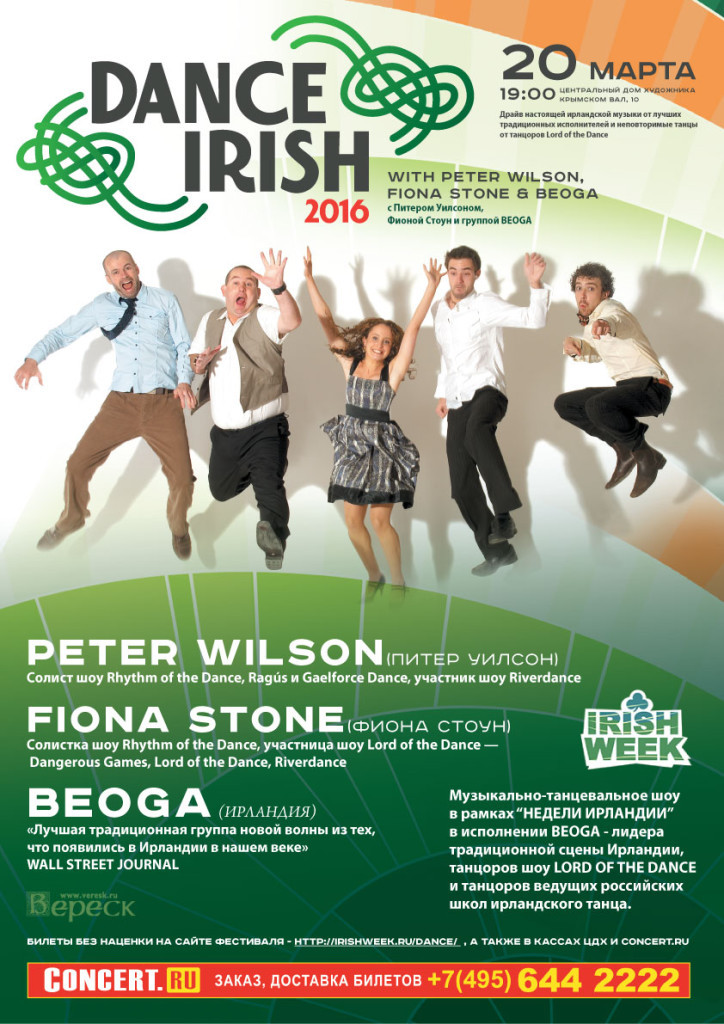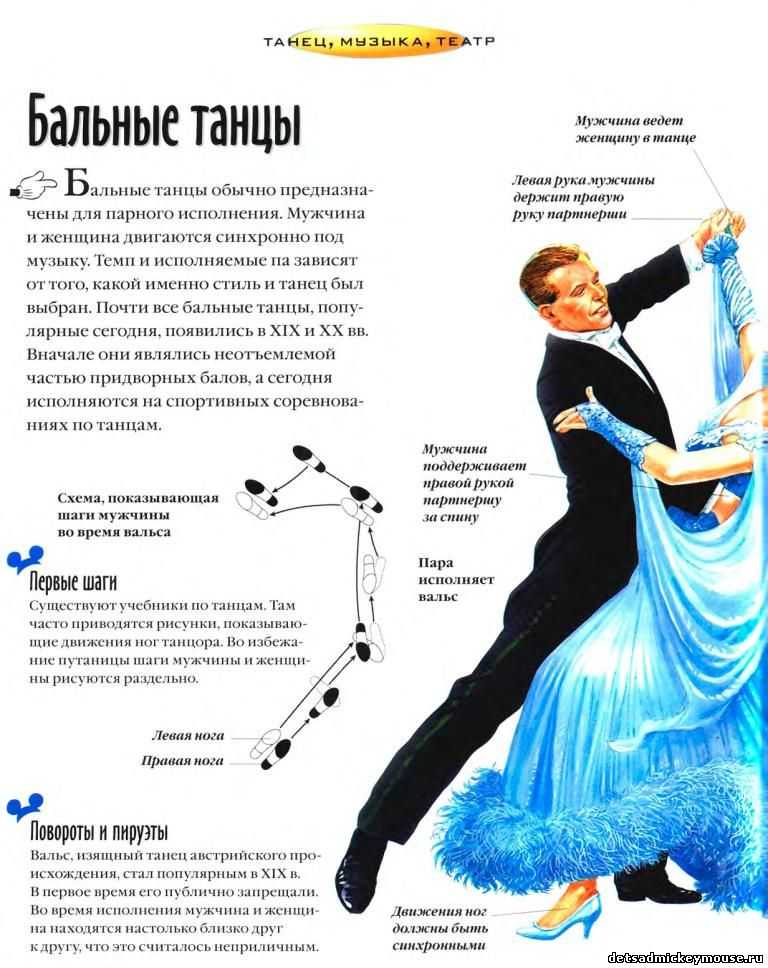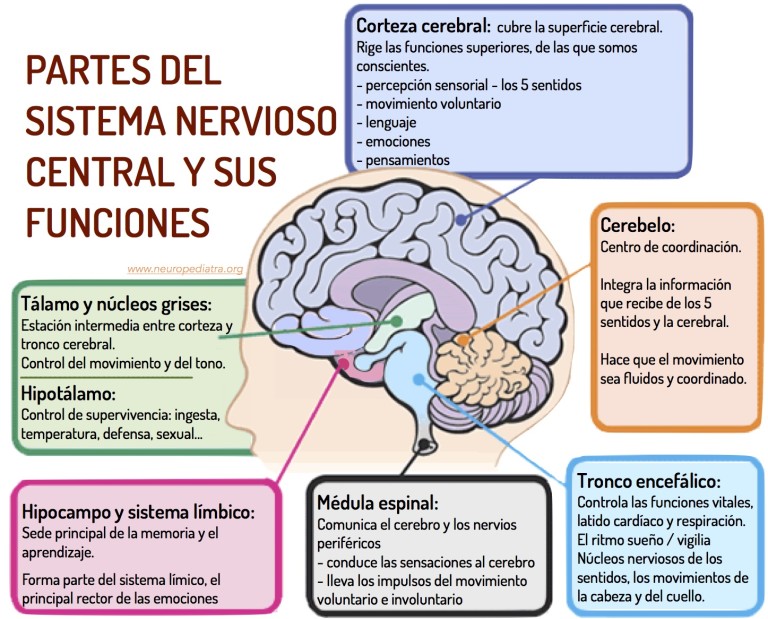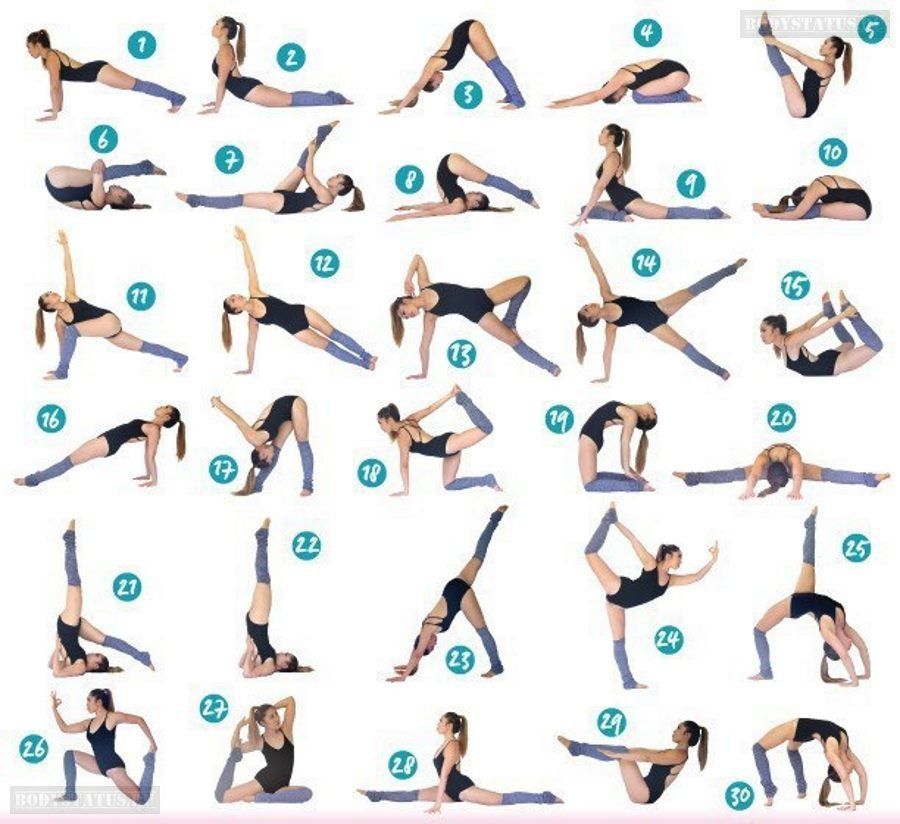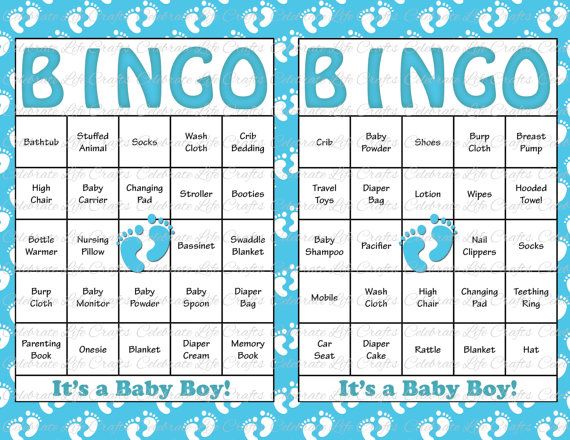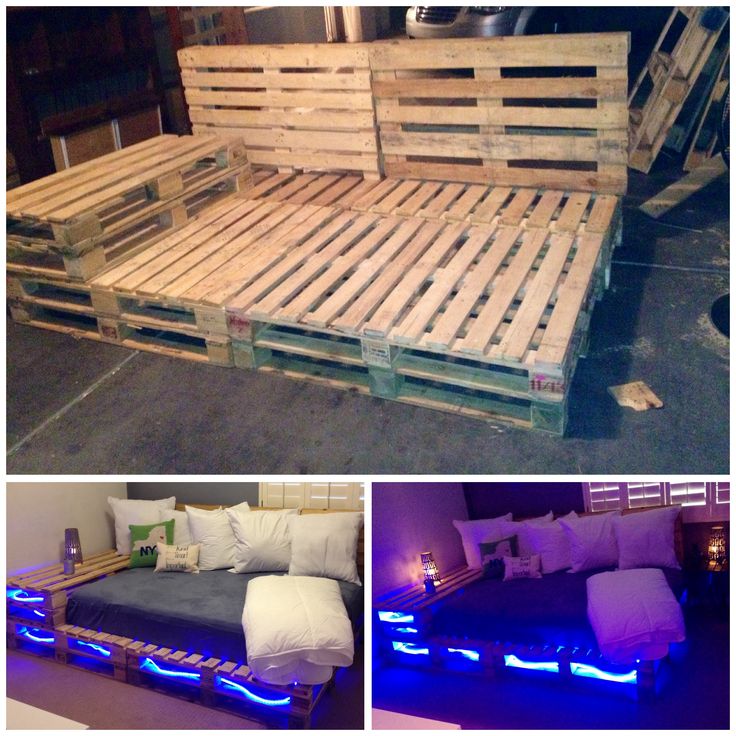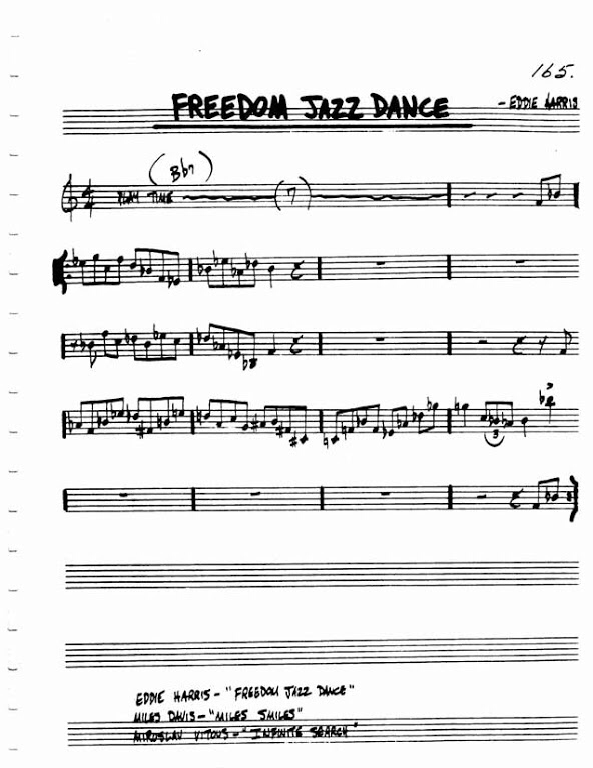How to dance irish music
Irish Dance: History, Music, Styles, Steps, Dresses, Shoes
Irish dance or Irish dancing is traditional Gaelic or Celtic dance forms that originated in Ireland. It can be performed as a solo or in groups of up to twenty or more trained dancers. In Ireland, Irish dance is part of social dancing or may be for formal performances and competitions.
It is performed traditionally with intricate foot work and is most known for the dancers performing with a stiff upper body. Unlike other dance forms, Irish dancers do not move their arms or hands so that footwork is accented.
CONTENT
The History of Irish Dance
The history of Ireland is also the history of Irish Dance. The actual dates of its origin has never been determined specifically. However, Irish history is steeped in Druidic, Celtic and other religious history which affected the origins of Irish dance. For example, processionals in Druidic and Celtic religious practices required precision movement as do Irish reels and jigs.
The Celts are a 2,000 year old civilization that brought with them their own folk dances. Many of their dances were comprised of circular formations around sacred trees or they consisted of certain patterns performed by males and females in a religious rite.
If there has been any influence in Irish Dance, it may have been the Quadrille. Ireland has been a country of many travelers who brought with them various continental dance styles. The Quadrille was one of these styles that impacted Irish dance.
The Quadrille was popular across Europe in the 18th and 19th centuries when royalty held balls and cotillions. Although, the Quadrille was popular toward the end of the 18th century and spread to England and Ireland around the early 19th century.
A Quadrille is a square dance performed by four couples. It contains five choreographic figures.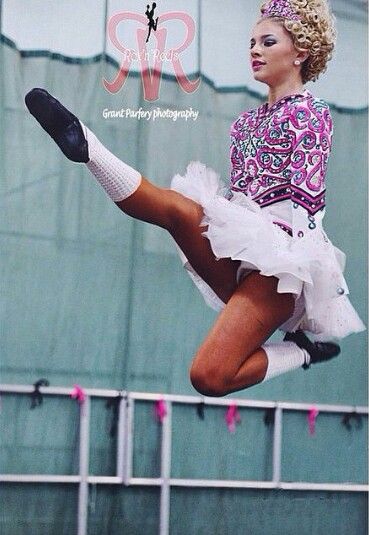 Each of these figures is a complete dance sequence of itself. Thus, it is easy to see how Irish reels became a prominent part of Irish dance.
Each of these figures is a complete dance sequence of itself. Thus, it is easy to see how Irish reels became a prominent part of Irish dance.
Musical instruments like the Irish Bodhran (drum), fiddle, concertina, accordian, Uiliean pipes, Celtic harp, tin whistles and banjo form the background of Irish dance music
Irish Dance Costumes, Dresses and Shoes
In the early days of Irish dance the dance costumes for females were basically ankle length dresses or blouses and skirts. For male dancers, costumes might have consisted of a shirt with a kilt in the Irish clan plaid or it may have been a long coat, shirt, vest and briques (calf length pants) with leggings.
Modern Irish dancers and dancers performing in traditional Celtic dance wear several different costume styles.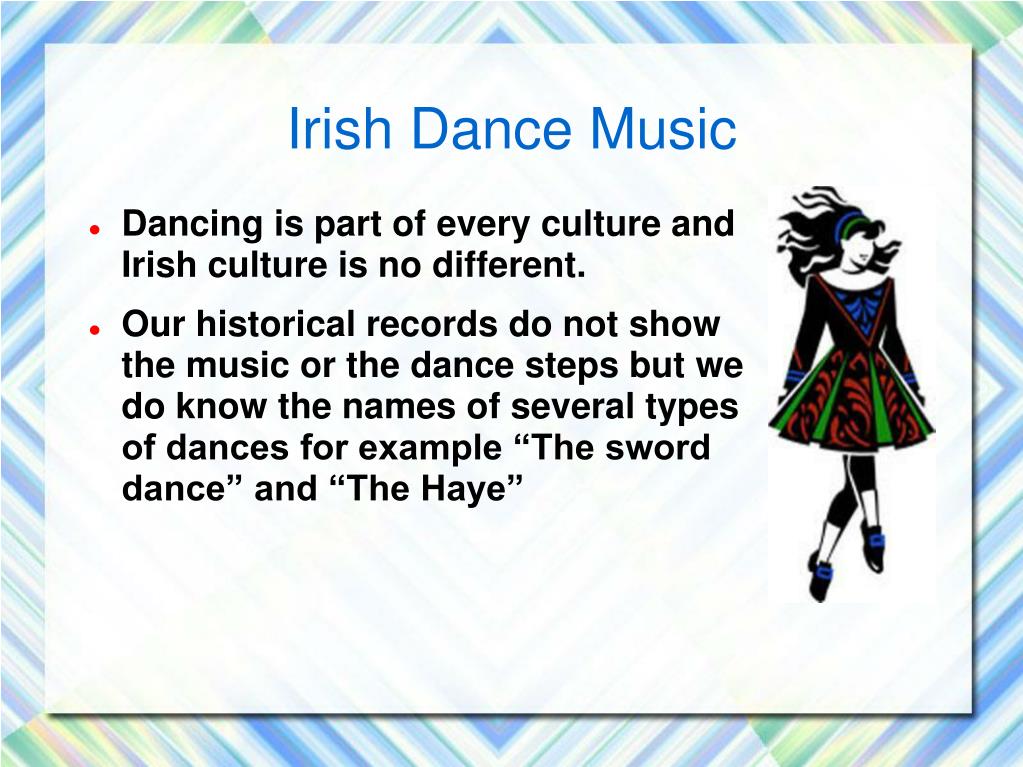 For Traditional Celtic dance, female dancers wear blouses and long skirts while the male dancers perform with traditional shirt and kilt.
For Traditional Celtic dance, female dancers wear blouses and long skirts while the male dancers perform with traditional shirt and kilt.
Modern Irish female dancers perform in beautiful short dresses in bright colors, mostly always with their arms fully covered. Modern Irish male dancers perform in trousers and a shirt with a colorful sash tied at the waist.
Shoes for male Irish dancers depends on the type of dance they are performing. For Flat Down step dancing, shoes have metal cleats on the toes and heels. For Ballet Up dance, shoes for males have soft soles.
Female dancers wear black leather "Ghillies" that have soft soles for flexibility for Ballet Up steps. The soft leather of Ghillies help Irish dancers perform dance steps either on the balls of the feet or on tips of their toes.
Female Irish dancers wear two basic types of shoes.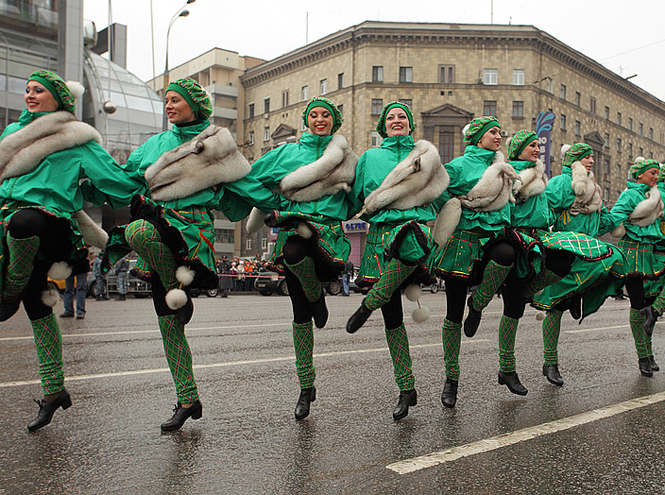 For Flat Down step dances, shoes are an oxford style with a thick heel with metal cleat attached to the full heel and a thick frontal sole that also has a metal cleat attached. The oxford is usually black leather, has laces and a leather strap to secure the shoe to the foot.
For Flat Down step dances, shoes are an oxford style with a thick heel with metal cleat attached to the full heel and a thick frontal sole that also has a metal cleat attached. The oxford is usually black leather, has laces and a leather strap to secure the shoe to the foot.
Irish Dance Styles & Types
In total, there are six Irish dance styles. However, it is equally important to note that within each of the six Irish dance styles, there are basically only two dance style techniques, these are known as Ballet Up and Flat Down. These describe how Irish dancers use their feet in the six styles.
Ballet up describes a balletic style where toes are pointed and steps are performed high on the balls of the feet or on tips of the toes. Body weight is lifted upward from the floor.
Flat Down describes a technique that relies more on the use of the heels in a flat, gliding motion.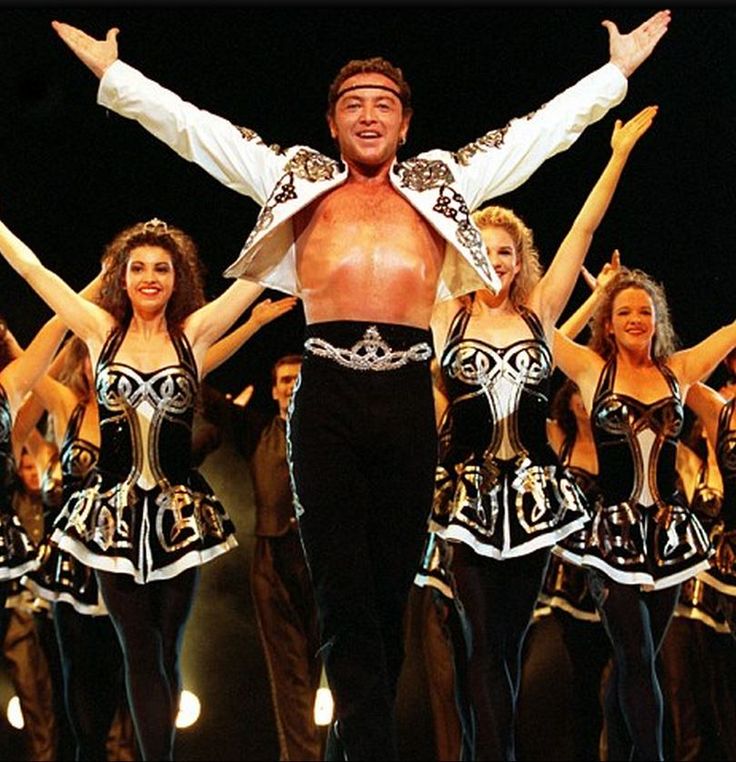 Body weight sinks downward into the floor to emphasize the sound of the metal cleats.
Body weight sinks downward into the floor to emphasize the sound of the metal cleats.
The six Irish dance styles include:
- Traditional Irish Step Dancing - only the legs and feet move in flat down technique
- Modern Irish Step Dancing - full body movement with ballet up technique
- Irish Set Dancing - with Flat Down technique
- Irish Ceili Dancing - with Ballet Up technique
- Irish Sean Nos Dancing - with Flat Down technique
- Irish Two Hand Dancing - with Flat Down technique
Traditional Irish Step
Traditional Irish Step dancing is performed by male and female dancers in long lines, circles, squares or as partnered reels. Traditional Iris Step Dancing consists of dances set to traditional Irish music with a fast tempo that dancers are required to perform sets of steps to.
For example, two groups of dancers face opposite each other and shuffle, hop, jump, tap and stamp to the music as they more toward each other. Dancers then move between the dancers of the opposite line and then back to their original position. This is often referred to as a "competition" line dance.
Dancers then move between the dancers of the opposite line and then back to their original position. This is often referred to as a "competition" line dance.
Modern Irish Step Dancing
Modern Irish Step dancing has female dancers performing ballet up dance movements like leg swings, hopping and jumping or sashaying to the music. The female dancers perform in soft ghillies while the male dancers are heard tapping in Oxford tap shoes to the music Modern Irish Step Dancing
Modern Irish Step dancing has female dancers performing ballet up dance movements like leg swings, hopping and jumping or sashaying to the music. The female dancers perform in soft ghillies while the male dancers are heard tapping in Oxford tap shoes to the music.
Irish Set Dancing
Irish Set Dancing, as its name implies consists of dances performed in "sets. " For example, a performance of Irish Set Dances may be part of a whole choreographed dance performance that is broken up into several separate parts. The set usually requires dancing in couples in four sets.
" For example, a performance of Irish Set Dances may be part of a whole choreographed dance performance that is broken up into several separate parts. The set usually requires dancing in couples in four sets.
The Set Dance begins with all four couples dancing to the same choreography. This is followed by each couple performing the same sets as individual couples.
Irish Ceili Dancing
Irish Ceili (pronounced "kay-lee) Dancing is a very traditional dance form. It originated in the 1500's and is always performed to traditional Irish music. The Ceili Dances consist of quadrilles, reels, jigs and long or round dances. These were the most native Irish traditional folk dances.
Irish Sean Nos Dancing
Irish Sean Nos Dancing is one of the oldest of the traditional Irish dance styles. It is the only one performed as a solo. It differs from other Irish dances in that it allows free movement of the arms and it is flat down with the heavy weight on the accented beat of the music.
It is the only one performed as a solo. It differs from other Irish dances in that it allows free movement of the arms and it is flat down with the heavy weight on the accented beat of the music.
Sean Nos Dancing is the only Irish dance that also allows the solo dancer to improvise the choreography simultaneously as the dance is performed. The taps consist of shuffles and brushes as the dancer moves across the floor.
Irish Two Hand Dancing
This style of Irish Dance was a predominant part of Irish socializing. It is performed much like Irish Set Dancing with the exception that is it danced to polkas, Irish hornpipes, waltzes and jigs. Like the Irish Set Dancing, it is performed by couples with specific choreographic dance patterns, although in Irish Two Hand Dancing the patterns are repeated.
In Irish Two Hand Dancing couples dance in a relaxed style while they tap their feet in shuffling, hopping and spinning motion.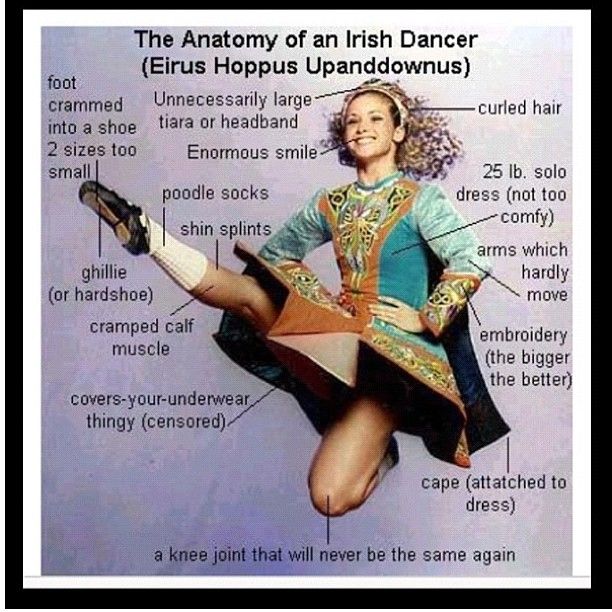 By all appearances, when Irish Two Hand Dancing is performed on a large dance floor, the couples seem to be gliding along as they dance.
By all appearances, when Irish Two Hand Dancing is performed on a large dance floor, the couples seem to be gliding along as they dance.
Basic Irish Dance Steps
Ballet Up styles of Irish dance rely on several uniformly performed steps. The first comes from the ballet step, "chasse," which means to "chase." In this step the Irish dancer steps with the right foot while the left foot "chases" the right in three counts. This is often called the "1-2-3."
Another step borrowed from Ballet is the "cabriole" which is to leap into the air while the left calf beats under the right calf that is extended forward in the air. There are several other steps that require the dancer to perform full or half turns.
In Flat Down Irish dance steps, the dancer's foot strikes the floor in a twisting shuffle of the right foot while hopping into the air with the left foot.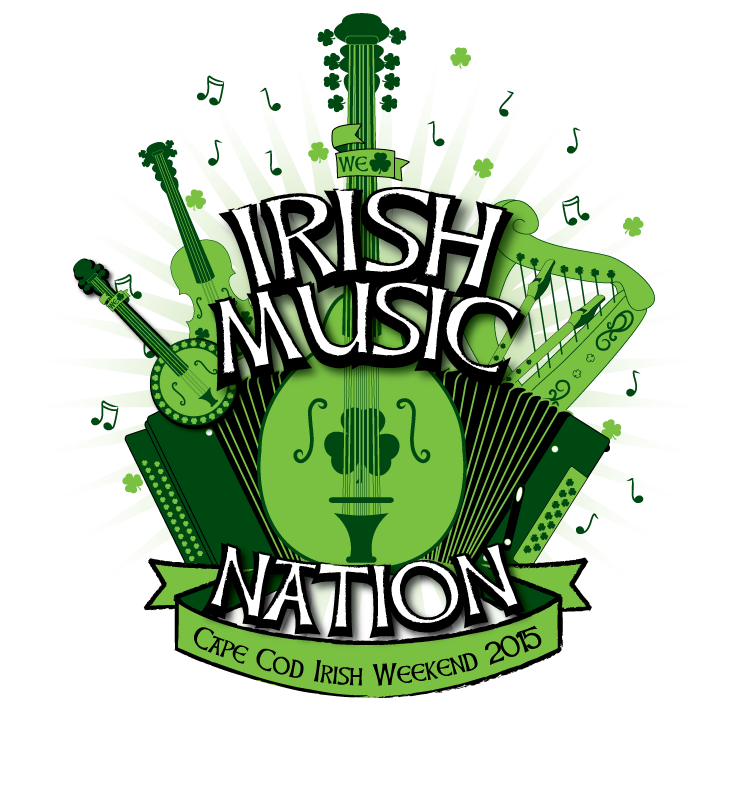
There are also combinations of Irish dance steps that include the "1-2-3", shuffle, stamping the whole foot and tapping one toe behind the other foot that holds body weight.
Although traditional Irish dance limits movement of the arms, today's modern Irish dancers are seen starting a dance routine with their hands on their hips and using certain movements of the arms that coordinate with music for interpretation of choreography.
Irish Dancers are as young as pre-school age to adult. There are numerous Irish Dance schools that teach traditional and modern Irish dance styles in the U.S. and Europe. The syllabus for Irish Dance is less complex than ballet, although several Irish steps originate from ballet.
Irish Dance is a combination of ballet and tap dancing. Although, it can be said that tap dancing originated from Irish flat down dance technique.
Unlike ballet, however, Ballet Up dance steps require dancers to place full weight on their toes in ghillies that are not blocked as ballet pointe shoes are.
In Flat down dance steps, the shoe is more flexible across the front of the shoe than a traditional tap dance shoe. This enables the Irish dancers to perform shuffling steps with more speed.
Irish Dance Today
The first international reintroduction to Irish Dance performances was with the performance of "Riverdance", composed by Bill Whelan.
The first performance was in 1995 in Dublin. It starred the now famous Irish Dancer and Irish Dance choreographer, Michael Flatley.
Although, it predominantly features Irish step dancing, "Riverdance" has a Baroque style that incorporates other dance styles like flamenco and a Russian dervish. The end result for dance experts is that "Riverdance" provides insight into how dances are linked in technique and styles.
It has since been performed as a touring Irish Dance show in New York City and at the Vatican for Pope Francis.
In addition to "Riverdance," Michael Flatley choreographed his first full length Irish Dance performance in which he starred, in "Lord of the Dance. " This was followed by "Feet of Flames" and "Celtic Tiger Live." These are modern Irish dance shows that include Ballet Up and Flat Down Irish dance techniques.
" This was followed by "Feet of Flames" and "Celtic Tiger Live." These are modern Irish dance shows that include Ballet Up and Flat Down Irish dance techniques.
In "Feet of Flames," Michael Flatley performs a lengthy series of movements that seem to defy gravity, all while maintaining balance and musical timing.
However, in the Flatley shows, he included traditional Irish songs in the Gaelic language as well as actual story lines for each of his Irish dance shows. For example, in Lord of the Dance, the story line has both a romantic and a fairy tale plot that includes a whimsical fairy piper.
As a result of the addition of a Gaelic singer and two Irish talented Irish fiddlers in these shows, similar Irish entertainment emerged from these Irish performances such as "Celtic Woman" and "Irish Tenors."
All of these Irish performances include some of the most extraordinary dance talent and shows the extreme skill needed to maintain Irish dance choreography as well as a semblance of acting talent.
There are also Irish Dance Championships that encourage students of Irish Dance to take part in competitions for awards for their dance techniques, skills and choreography.
Conclusion
There is no doubt Irish Dance captures the attention of audiences wherever it is performed. There are also many Irish societies and organizations that help promote Irish dance performances like the Ancient Order of Hibernians, Milwaukee St. Patrick's Day Parade, Friendly Sons of the Shillelagh and the World Irish Dance Organization. Today, Irish Dance is seen in the Thanksgiving Day Macy's Parade as well as the St. Patrick's Day parade in New York City and Chicago.
Traditional Irish Dance Music
Irish Dance MusicMuch of what we now call Traditional Irish music originated in the Gaelic speaking peasantry of the 18th Century. Dancing was very popular at weddings and other social events. Up until the early 20th Century, the practice of dancing masters travelling from town to town with a fiddler or piper, and giving dance classes was common. In rural Ireland, dancing at the crossroads was still very popular towards 1950. Today, dance music is often played in a concert situation, to be listened to, rather than to be danced to. This affects the way the music is played. For example, a hornpipe wont necessarily be played at dance speed now. Modern players particularly in bands or groups often like to play very fast. Modern bands also like to run a slower dance like the slip jig into a faster one like the reel. The tempo change for the Reel gives the music a lift. It's also typical to run sseveral tunes of the same dance type together.
Dancing was very popular at weddings and other social events. Up until the early 20th Century, the practice of dancing masters travelling from town to town with a fiddler or piper, and giving dance classes was common. In rural Ireland, dancing at the crossroads was still very popular towards 1950. Today, dance music is often played in a concert situation, to be listened to, rather than to be danced to. This affects the way the music is played. For example, a hornpipe wont necessarily be played at dance speed now. Modern players particularly in bands or groups often like to play very fast. Modern bands also like to run a slower dance like the slip jig into a faster one like the reel. The tempo change for the Reel gives the music a lift. It's also typical to run sseveral tunes of the same dance type together. The Jig
The jig is the oldest form of dance. There are 3 types; the Single Jig in 6/8 featuring all quavers , the Double Jig in 6/8 featuring crotchet quaver movement and the Slip (Hop) Jig in 9/8 featuring quaver movement.
 The Lark in the Morning, Morrison's Jig are examples of well known Jigs. Slipjigs include, The Butterfly and the opening of Riverdance
The Lark in the Morning, Morrison's Jig are examples of well known Jigs. Slipjigs include, The Butterfly and the opening of Riverdance The Reel
The Reel is of Scottish descent and is often the favourite dance of traditional musicians. Although written in 4/4 it is played in 2/2 with 2 steady beats in each bar. Drowsy Maggie, The Mason's Apron, the Wind that shakes the Barley and Toss the Feathers are examples of well known Reels
The Hornpipe
The Hornpipe is the slowest dance leaving room for the most complicated of dance steps. Many set dances are Hornpipes. It is characterised by the dotted rhythm (pizza!), triplets and 3 strong crotchets in the last bar of each section. Other dances related to hornpipes include Barndances, Scottishes and Highlands. The Harvest Home and King of the Fairies are good examples of Hornpipes.Polka
The Polka is a dance associated with the set dances of the Sliabh Luachra area of West Munster. It is in 2/4 time and it's tempo is very fast.
 The Kerry Polka and Britches full of Stiches are Polkas.
The Kerry Polka and Britches full of Stiches are Polkas.Structure
The structure of Irish music is simple. In the past, most tunes consisted of 2 x 8-bar phrases, called Parts, which are usually repeated. These 8-bar parts can be further sub-divided into 2 x 4-bar sub phrases which are often quite similar. A typical form therefore is AABB whic is usually repeated. Today it is common for tunes to have 3 or even 4 parts. Repitition is still used though not always. The Contradiction is an example of a Reel played by fiddler Zoe Conway, with none of the 4 parts repeating, but the whole tune repeats. i.e. ABCD ABCD. Occasionally, tunes are structured in an irregular pattern but this is not common. Note; The parts in a slip jig are not normally repeated.
Dancing
Sets and half sets were the most popular form of dance in the 19th and 20th centuries. a full set consists of 8 people making 4 couples. Different parts of the country have different forms of set.
 The half set consists of half the number of people. The most skilful form of Irish dancing is the solo step.
The half set consists of half the number of people. The most skilful form of Irish dancing is the solo step. Céilí Bands
The first Céilí bands were probably as a response to the Gaelic League's creation of the céilí dance in the early years of the 20th Century. a Céilí band consisted of a Piano, snare drum and an accordion. As venues became larger so the bands grew, so today fiddles, flutes, banjos and even saxophones are found in Céilí Bands. The Céilí Band was often the only type of traditional music played on radio in the 1950s and '60s. Some bands stand out for the quality of the music they perform. the Kilfenora Céilí band are an example of a band that is thriving today and all the members are first rate traditional musicians. there is also a movement towards 'listening' Céilí Bands with the emphasis on the music alone.
This tune is a Reel played on the Fiddle accompanied by Bodhrán and Guitar. Note there are 4 sections without the usual repeats. Form - ABCD ABCD.

This is another Reel this time by the Chieftains. Note the combination of instruments. Again the expected repeats are missing. Form - ABAB which alternates with the solo instruments, Fiddle, Harp, Pipes. Note that the Harp solo is a Jig, probably for variety in this long arrangement of a short tune.
This tune is a Jig but also a really good opportunity to hear the increasingly popular instrument from Greece called the bouzouki.
This Hornpipe is called the Harvest Home played on Concertina. Note the dotted rhythm, triplets and the relaxed tempo.
3 Sliabh Luachra Polkas. The combination of Fiddle and Accordion is very common as melody instruments.
Riverdance was a huge event but the full video really belongs on the Fusion page. It's included here as the opening dance is a Slipjig in 9/8.
Irish music and Irish dancing
- Irish music and Irish dancing
-
- varing wrote in obsessed_wsound
- November 13, 2010
It is well known that music is not only pleasant and favorite melodies and sounds, but also, often, dances.
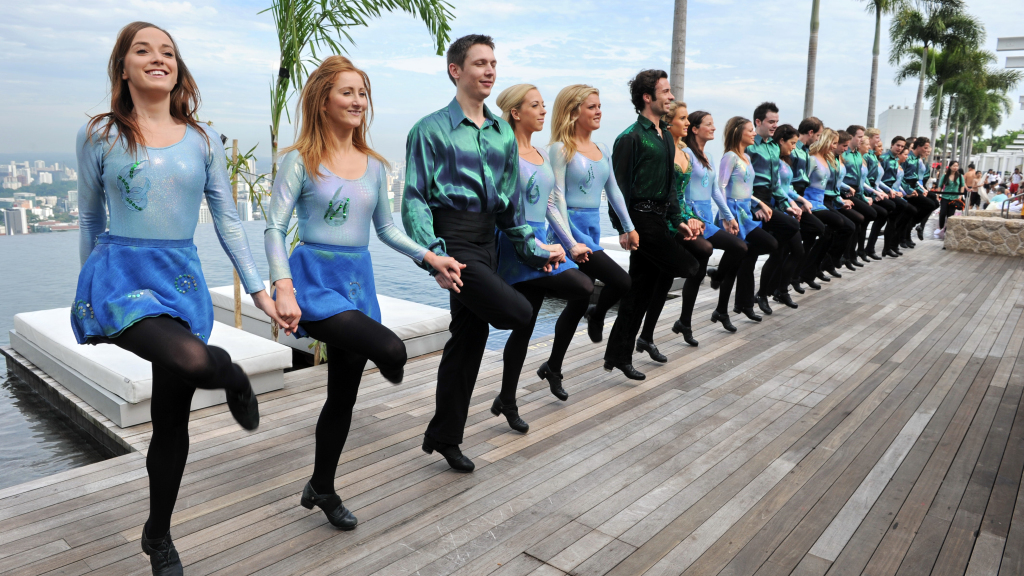 Different, of course. But it is especially attractive if it is Irish music and Irish dancing! I think there is no person in the world who does not like such a wonderful symbiosis. Of course, you don't have to participate yourself. You can just watch or listen. nine0023
Different, of course. But it is especially attractive if it is Irish music and Irish dancing! I think there is no person in the world who does not like such a wonderful symbiosis. Of course, you don't have to participate yourself. You can just watch or listen. nine0023 The history of Irish dance music goes back centuries. More than a thousand years ago, there was already evidence that Celtic peasants throw incendiary parties. There are many varieties of Irish dances. Perhaps dwelling on such details would be a deviation from the
general lineof the community theme obsessed_wsound . In addition, anyone can find information about this on the Internet. Therefore, we will focus better on the music that has accompanied these dances since ancient times. It's no less exciting! nine0023
We can't, of course, separate Irish dance music too much from the dance itself. These are two facets of the same phenomenon, which are completely interconnected. In addition, in the history of Ireland there was such a tradition that from ancient times dance teachers were both musicians and music teachers. To a large extent, this was due to the English colonization, which was very jealous of any manifestations of traditional culture. Therefore, dances were actually taught in secret. And the lessons were given by wandering musicians who played harps and bagpipes. nine0023
To a large extent, this was due to the English colonization, which was very jealous of any manifestations of traditional culture. Therefore, dances were actually taught in secret. And the lessons were given by wandering musicians who played harps and bagpipes. nine0023 So it's no surprise that Ireland has such an original dance style. As, however, in Scotland - in both cases, the Celtic roots. This style, perhaps, could not be otherwise, given how piercing the bagpipes sound. Of course, in the live music mode, this also determined the specifics of the dance.
Alas, there is not much historical evidence of early Irish music. It was usually written that the Irish were very inclined towards music, but did not go into details. For some reason, some clerics of the official church spoke out against the general enthusiasm for sounds. Probably, so that the parishioners would not be distracted =) However, there were references to ancient musical instruments, among which the zither and tympanum were of great importance.
 nine0023
nine0023 Irish music is still alive and well today. In the most concentrated form, it is presented at the international festival Pub Music Fest, held annually in Dublin. Only "live" music is played here and, as they say, there is a competitive, but kind atmosphere. Even in County Cork, a summer music festival is constantly held. So everything is in order in Ireland!
Tags: Editor's column, Interesting
nine0021 - Solo, represents rhythmic and clear movements of the legs, while the body and arms are motionless, one person is dancing.
- Group, performed by a group of up to 16 people, and include elements of solo dances with rebuilding in a circle, line or column and the inclusion of hands.
- Folk or social, characterized by simple quadrille-like movements, danced in pairs.
how to dance Irish dances, video lessons
Ireland is an unusual and mysterious country, the unique charm of which is given by evergreen hills, ancient castles, and of course amazing dances. National dances are performed only to Irish music and look very beautiful and spectacular, thanks to the speed of movement and rhythm. Currently, this dance direction is extremely popular in many countries. There are many schools and studios that teach jig, reel or hornpipe, but you can learn how to dance Irish dances on your own.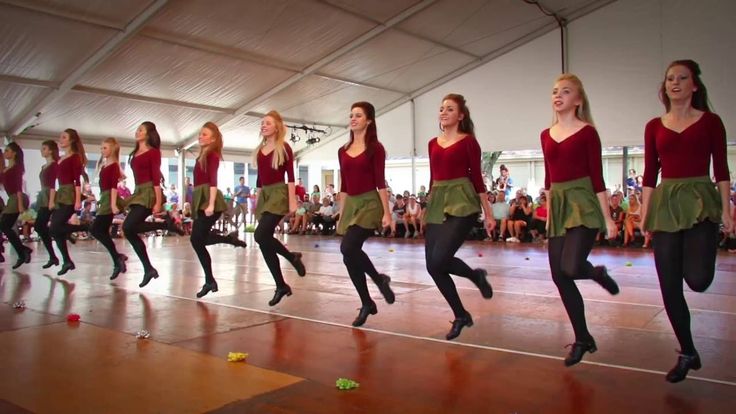 Depending on the technique of performance and the number of participants, the following varieties are distinguished:
Depending on the technique of performance and the number of participants, the following varieties are distinguished:
For those who decide to learn how to dance Irish dances on their own, video lessons for beginners will be an excellent tool. It is better to start with a solo direction, which includes: jig, reel, hornpipe and solo sets. nine0023
Jig
Performed to the music of the violin. Fun and cheerful jig, consists of traditional jumps and special steps. The jumps are quite high, which makes a lasting impression, but at the initial stage, you should not jump high. First you need to learn how to properly hold the body and press your hands, and most importantly, land softly. Dynamic and spectacular Irish dances can be a serious challenge for beginners.
Reel
Reel is believed to be of Scottish origin, but has been heavily modified to incorporate true Irish elements. Great for beginners and is usually the starting point for learning how to dance Irish dance properly. May be fast or slow. nine0023
Fast paced reels have a set of simple movements, while slow ones are characterized by a more complex set of figures, including high jumps. The technique of execution, depending on the type of footwear, can be soft or hard.
Hornpipe
Includes jumps and tap dance elements, touching the floor alternately with the heel and toe, creates a drumming effect. Hands are usually located on the belt or extended at the seams, and swings are made with a leg bent at the knee. It is performed only in hard shoes and is the most difficult to master.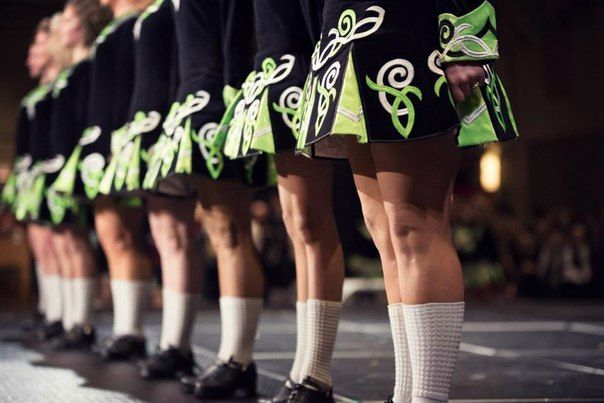 Somewhat similar to the reel, the hornpipe is notable for its particular dotted rhythm and emphasis on the first count. It can also be slow and fast. nine0023
Somewhat similar to the reel, the hornpipe is notable for its particular dotted rhythm and emphasis on the first count. It can also be slow and fast. nine0023
Set solo dances
A distinctive feature is a special set melody, which can be traditional or author's, and differs in its structure from ordinary Irish music. Under such melodies, unique dance compositions are developed, intended for participation in competitions, which will include complex steps and non-traditional elements. From generation to generation in Ireland, the music and steps of solo sets created in the distant past and called traditional are transmitted. nine0023
Irish dancing is not only an amazing charge of positive and energy, but also a great way to increase endurance and improve physical fitness. Having mastered the basic elements, you can continue to use lessons for beginners to learn Irish dances, or contact a special studio. Speed, clarity and rhythm of movements will come with regular practice.